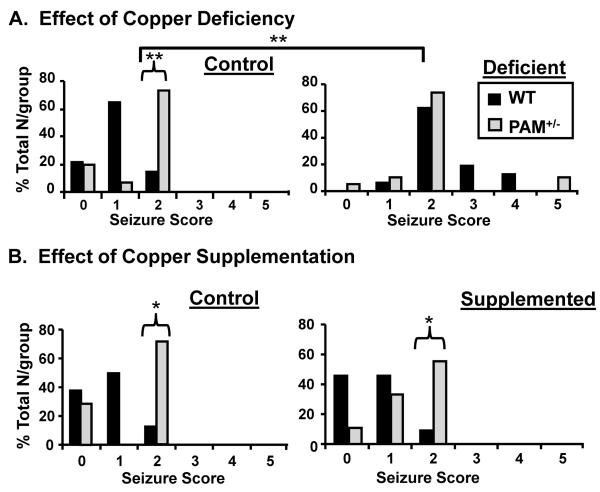FIG. 4. Copper Deficiency Increases Seizure Sensitivity in WT Mice.
PAM+/− (N=15 control; N=18 copper deficient) and WT (N= 14 control; N=16 copper deficient) mice were given an injection of PTZ (30 mg/kg, i.p.) and behavior was scored as described (83). The percentages of each group exhibiting seizures of each rating (0-5) are shown. Chi-square analyses revealed increased seizure severity in PAM+/− mice compared to WT mice on either the copper supplemented diet (p=0.05) or the control diet (p =0.03). Compared to the control diet, copper deficiency (A) increased seizure severity in WT (chi square p = 0.001), but not in PAM+/− mice. Data shown are for male mice; the same experiment was repeated with female mice [WT, N=8 control; N=10 copper deficient; PAM+/−, N=8 control; N=11 copper deficient) with the same answer. Seizure severity did not differ with copper supplementation in either PAM+/− (N=8 control; N=9 supplemented) or WT (N=8 control; N=11 supplemented) male mice compared to the control diet (B).

